Fly fishing is full of specialized rods. This can result not only in confusion about when and where these rods are best utilized but in the perception of certain rods as odd or impractical. Just a handful of years ago, many anglers would have regarded an 11’-foot 3-weight Euro-nymphing rod as a peculiar implement. These days, the industry embraces these rods as precision instruments; as tactical gear for the discerning angler. Yet to many anglers, ultralight rods— 1, 2 or even 0-weight rods — seem suspect or even silly. In truth, just as Euro rods can be effective, useful tools, so too can ultralight rods.
In the right situations and with the correct technique, ultralight rods can earn a place in any angler’s quiver. What follows certainly isn’t a complete list of scenarios where ultralight rods are a good choice, but if you’re looking to get the most out of an ultralight fly fishing experience, I’d recommend using them for the following fishing situations.
Panfish
Here in the Rockies, most of our panfish are tiny. When I see my friends in the Midwest post photos of hand-sized bluegill, I get jealous. There’s a reason the bluegill limit in Utah is 50 per person, per day. You need to catch 50 just to have enough meat for fish tacos.
But the nature of small panfish — and even the stunted smallmouth bass populations in various reservoirs — present a great opportunity to fish ultralight fly rods.
There’s not much finesse to pulling in loads of tiny bluegill, green sunfish, smallmouth, or yellow perch (which don’t grow much past 10 inches here in Utah), but it’s important to feel these small fish bite your fly. Sure, you can feel most bites on your 3 or 4wt – but why not use a small, light rod for small, light fish?
And, if you’re trying to get kids interested in fly fishing, an ultralight rod on a bluegill pond is one of the best ways to do it. The fight these panfish put up on a 1wt is something I enjoy, so I reckon kids will jump at the chance to experience this kind of fishing.
High-Mountain Streams
There’s a bevy of water in the high country that just doesn’t get fished much because folks think it’s too small to bother with. That’s certainly true if you’re hauling a 9-foot 5wt around, or a tenkara pole.
Ultralight rods are uniquely built to fish these waters, though, and you’re likely to enjoy some of the fastest fishing of your life. The little trickles of water that most folks overlook tend to hold plenty of fish — brookies and cutthroat, in my experience. I have a 6’6” 2wt that’s absolutely perfect on water like this.
You’ll also find ultralight rods excel at fishing slow, meandering streams as they wind through a meadow. One of my favorite such streams is almost all slow, deep water for its entire length. Even a soft 3wt can be a bit much at times, given how hard a 3-weight line hits the water.
A 7’6” 0wt, though, is an excellent rod for this stream. The combination of the reach of a 7’6” rod, the slow line speed of such a light stick, its supple feel and delicate line gives you the upper hand when fishing water like this.
Crazy Tight Water
Not all of us live next to a fantastic tailwater, or a gorgeous spring creek. I did for about six years. Then I got married, and I’m a half-hour minimum just to get to semi-decent trout water. As a result, I’ve had to seek out water that’s close to the house. Much of that water is skinny, low, and crazy tight.
With overhanging limbs eagerly waiting to snag an errant hook set, or a back cast, and water so low and clear the fish see you from 100 feet away, this water demands the lightest, subtlest presentation possible.
Enter ultralight rods. This is where they excel. This is where these rods shine. We’re starting to see a bit of a theme here – when you need precision accuracy and the most subtle of presentations, ultralight rods provide an edge no other rod can.
Fishing Small Dries
Continuing the theme of using ultralight rods to achieve a stellar presentation, consider them when you’re fishing small dries. I’m not talking 18s or 20s. Think size 26 and smaller midges and mayflies.
I know – most anglers don’t fish those all that often, but if you enjoy throwing small dry flies (or if the fish you’re targeting demand it), you’ll love the soft presentation you get from an ultralight rod.
Final Word
Fishing ultralight fly rods need not be limited to these situations. Anywhere you can ethically use one, I suggest going for it. As much as we profess to be creatures of habit, us anglers like to change things up every now and then. My collection of ultralight rods is far from complete — I really need to get my hands on a 000wt Sage TXL-F — and I have a feeling I’ll get to use them more than usual this year.
If you’re hesitant about jumping on one sight unseen, go visit your local fly shop. I’d bet money at least one of the folks working there owns a little 1 or 2wt they’d let you lawn cast, or even borrow. Some fly shops even keep rods like that in stock, too.

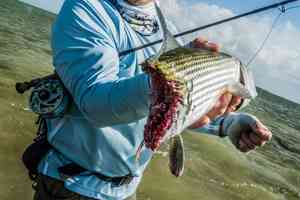


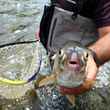
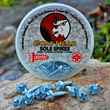



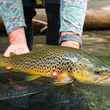


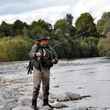
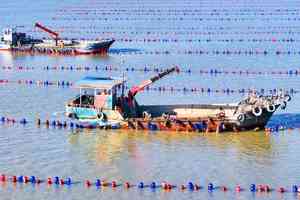




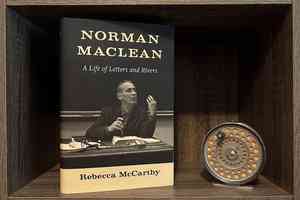

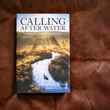
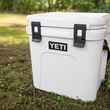

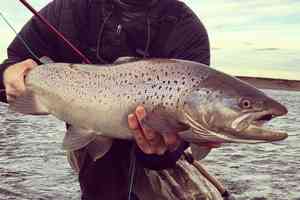
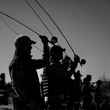

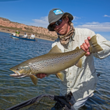

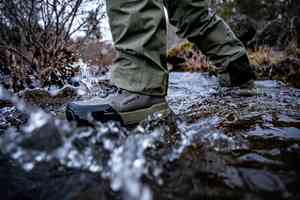


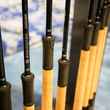
Comments
Mark Greer replied on Permalink
My smallest rod used to be a 4-weight Orvis Superfine Glass rod (which I absolutely love), but I recently purchased a 2-weight Redington Butterstick (paired it with an ECHO Shadow reel that weighs in at 2.63 ounces) and it's now one of my favorite rods for small creeks and streams -- especially for tight quarters fishing. My angling friend thought it was a frivolous waste of money, but this rod is super fun to fish -- and I've caught Cutthroat up to size 15 - 17 inches without any problems, too! So, I'm definitely a believer in small, ultralight fly rods.
Luke replied on Permalink
I am curious tonunderstand why you compare a 9wt5 with a tenkara? A tenkara is like a 0 line, and it is create to fish small fish in small stream, fish like the yamame trout that are Very shy and easily spooked
Norm Fetscher replied on Permalink
Cabela’s has a CGR series or fiberglass rods one of which is a little over 6 ft. 2 wt. and a 5 ft. 9 in. 3 wt. I think they cast well at medium to short distance and can be bought for $60 on sale at times if you just want to check one out.
Joseph Ruckman replied on Permalink
I have one custom-made rod - a 2 oz. 6' 3" 1wt bamboo crafted by Jay Hieb using a Tony Spezio taper. It is as he described it, "a serious fishing instrument." I find myself worrying a bit about its delicacy - until I have a fish on the line. Then its performance allows me to forget about it and simply enjoy bringing in the fish. I've caught 14" trout on it with no problem and without an extended fight.
Andrew Wesner replied on Permalink
My favorite rod is a 2-wt SPL. I’ve caught trout up to 24” on that rod without stressing the fish and think the main thing is tippet strength. If fishing 6x it doesn’t matter whether you use a 2wt or a 5wt. The breaking strength is the same.
Ian Mackenzie replied on Permalink
Yes but the way a 5wt handles a fine tippet is very different - and less forgiving - than a 2wt.
Ian Mackenzie replied on Permalink
I have fished ultralight rods for the last 20-25 years. I have original Sage SPLCA's in 1-4 wt for windy days and fish a Sage 00wt when possible. They can handle surprisingly large fish (although I am targeting small, wild fish) and are a joy to cast with. My 00wt rig weighs less than 2ozs but can put 30yds of line out when needed. A ten inch brown trout on it is as much fun as a small tarpon and that's the point - it is so much more intimate and connected to the fish. Tight lines....
Pete Pynenburg replied on Permalink
I live in a large city. There is a park on the western edge of downtown that contains a large pond. That pond is loaded with sunfish and bluegills. So I fish it with a 2 wt and it is loads of fun. It gets really interesting if you hook into some of the 2lb largemouths that also live in that pond. My 2 wt is also great for the small brookies that inhabit this part of the world.
Pages